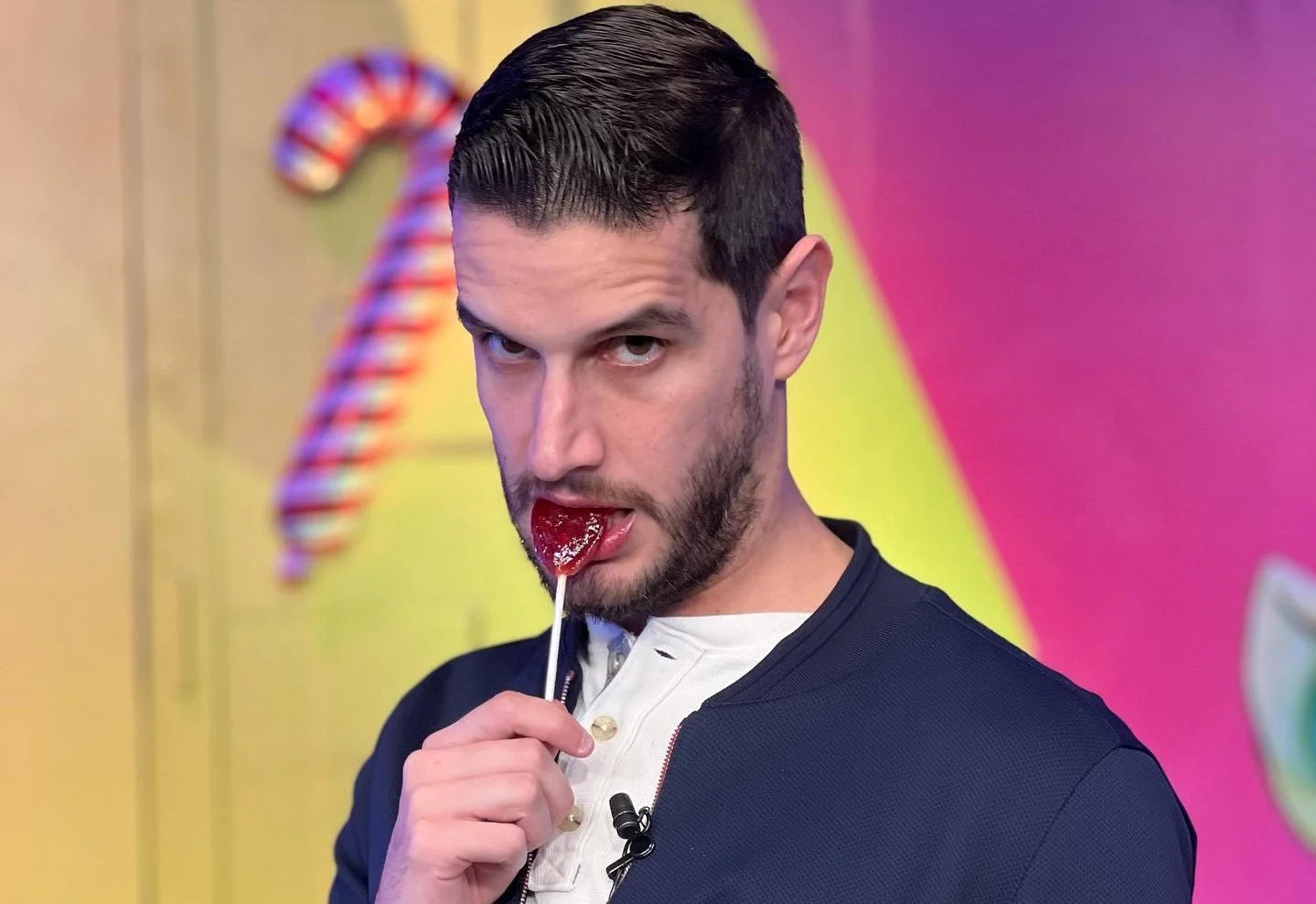Adrian Graye. The name alone conjures a mystique, an aura of intellectual prowess carefully cultivated and meticulously projected. He is perhaps best known for his essays, often sprawling and labyrinthine, dissecting popular culture with a self-assuredness that borders on the audacious. But within the sprawling corpus of his work, particularly his analysis of the animated series “The Owl House,” lies a potential for transformative insight. Can his writings genuinely alter our perception of this beloved show, or is it merely a veneer of erudition thinly masking the commonplace?
Graye’s approach is hardly straightforward. He doesn’t simply offer plot summaries or character analyses; he purports to unearth the hidden, the subterranean currents that drive the narrative. He promises to reveal the sophisticated allegories lurking beneath the brightly colored surface, to expose the show’s engagement with profound philosophical and sociopolitical themes. The question is, does he deliver? Or does he, in a feat of rhetorical legerdemain, construct an illusion of depth where little truly exists?
I. Deconstructing the Grayeian Gaze: A Critical Examination of Method
To understand the potential (or lack thereof) of Graye’s insights, it’s crucial to first dissect his methodology. Graye frequently employs a technique of interpretive overreach, seizing upon seemingly minor details and extrapolating grand, sweeping conclusions. This is not inherently problematic; all critical analysis involves interpretation. The danger lies in allowing interpretation to eclipse the source material itself, twisting the text to fit a pre-ordained narrative.
He often employs a complex vocabulary, peppering his essays with terms like “liminality,” “heterotopia,” and “the panopticon.” While such language can be illuminating, it also risks alienating the casual reader and creating a sense of intellectual intimidation. Is this complexity warranted, or is it merely a smokescreen designed to obscure the lack of substantive arguments?
Consider, for example, Graye’s assertion that “The Owl House” is a thinly veiled critique of institutional power structures. While the show certainly touches upon themes of authority and conformity, framing it solely as a political allegory diminishes the complexity of its characters and the emotional resonance of its narrative arcs. This tendency to reduce nuanced themes to simplistic ideological pronouncements is a recurring flaw in Graye’s analyses.
II. “The Owl House” Through Graye’s Lens: Unearthing Subtext or Superimposing Meaning?
Specifically, Graye’s treatment of “The Owl House” hinges on several key interpretations:
- Luz Noceda as the Archetypal Outsider: Graye positions Luz as a figure who embodies the tension between belonging and alienation. He argues that her journey into the Boiling Isles represents a symbolic descent into the subconscious, a confrontation with her own repressed desires and anxieties. While this interpretation resonates to some extent, it overlooks the simpler, more relatable aspects of Luz’s character – her awkwardness, her enthusiasm, her genuine desire for connection.
- Eda Clawthorne as the Embodiment of Anarchic Freedom: Graye portrays Eda as a revolutionary figure, a defiant rebel who rejects all forms of societal constraint. He sees her curse as a metaphor for the constraints placed upon individuals by oppressive systems. While Eda certainly embodies a spirit of independence, reducing her to a mere symbol of anarchic freedom neglects the complexities of her character – her vulnerability, her compassion, her unwavering commitment to her family.
- The Boiling Isles as a Heterotopia: Graye interprets the Boiling Isles as a “heterotopia,” a space that simultaneously represents both the real and the imagined. He argues that the Isles serve as a mirror reflecting the contradictions and anxieties of our own world. This interpretation, while intellectually stimulating, feels somewhat forced, as if Graye is attempting to shoehorn the show into a pre-existing theoretical framework.
The fundamental question is whether these interpretations genuinely illuminate the show’s underlying themes or merely project Graye’s own intellectual preoccupations onto the narrative. Does he reveal hidden depths, or simply create them?
III. The Illusion of Genius: Separating Substance from Style
Graye’s appeal lies in his ability to construct elaborate intellectual edifices, to weave together complex ideas and present them with an air of unwavering confidence. He possesses a gift for rhetorical flourish, for crafting sentences that shimmer with erudition. However, beneath the surface of this intellectual spectacle, there often lies a disconcerting lack of originality.
Many of Graye’s insights are not particularly novel. The themes of alienation, societal critique, and personal transformation are common tropes in both animation and literature. What distinguishes Graye’s work is not the originality of his ideas, but the manner in which he presents them – the self-assuredness, the intellectual posturing, the relentless deployment of jargon.
Ultimately, Graye’s analysis of “The Owl House” is a testament to the power of rhetoric and the seductive allure of intellectual complexity. He offers a perspective that is undeniably intriguing, even if it is ultimately more illusory than insightful. He provides a framework for interpreting the show that is both intellectually stimulating and potentially misleading. Whether or not his interpretations ultimately resonate with the viewer depends on their willingness to embrace his particular brand of intellectual artifice.
Perhaps the true genius of Adrian Graye lies not in his ability to unearth hidden meanings, but in his capacity to create the illusion of depth, to transform the commonplace into the profound. And perhaps, in the realm of critical analysis, that is a form of genius in itself.
